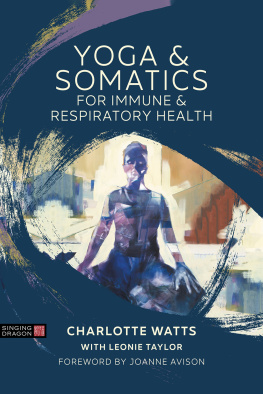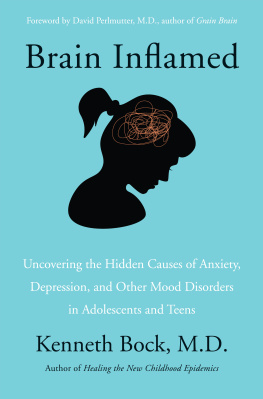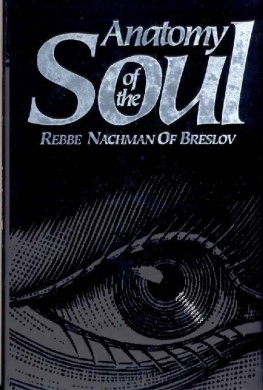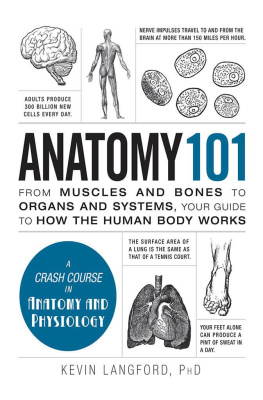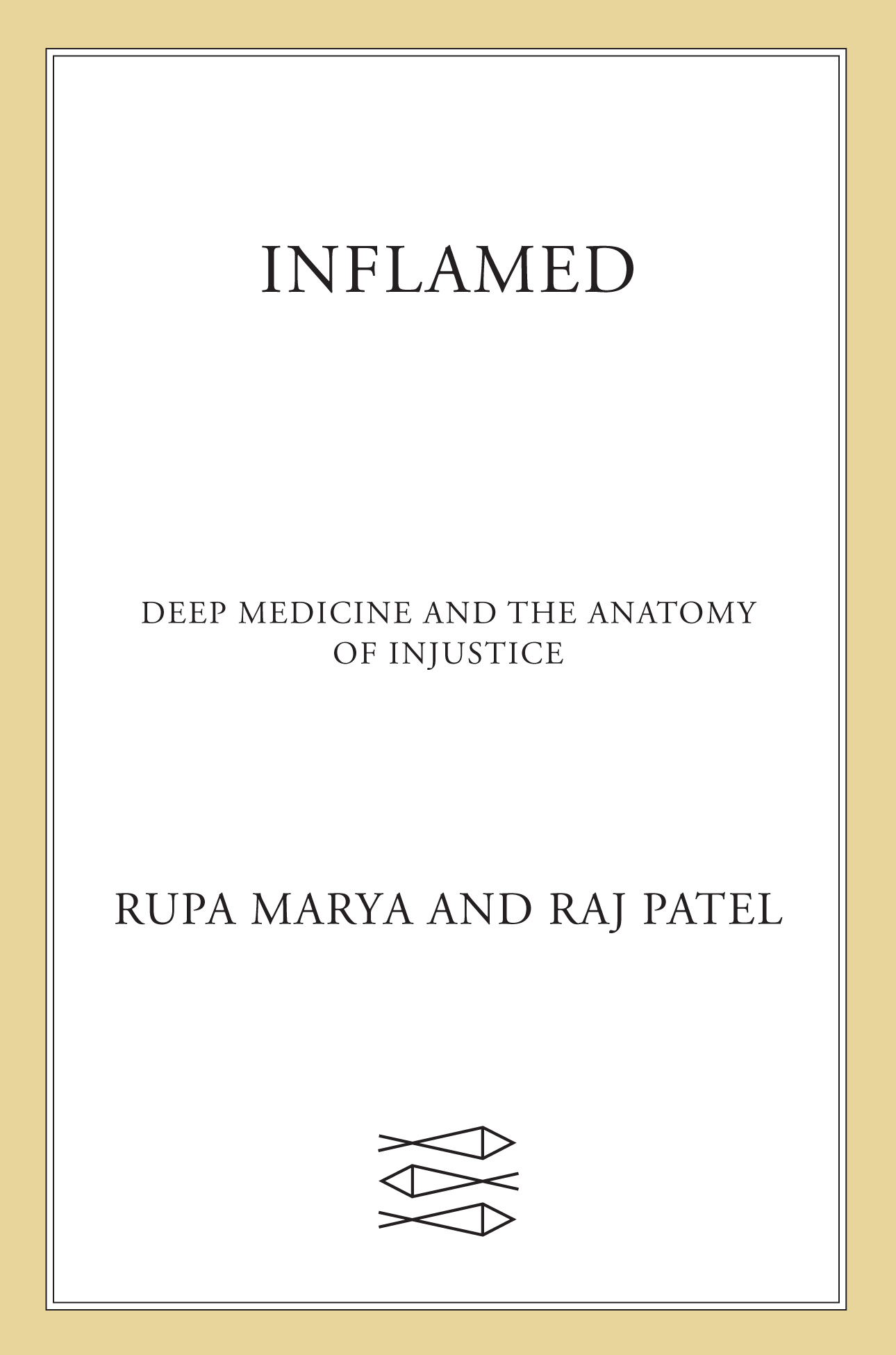Contents
Guide
Pagebreaks of the print version


The author and publisher have provided this e-book to you for your personal use only. You may not make this e-book publicly available in any way. Copyright infringement is against the law. If you believe the copy of this e-book you are reading infringes on the authors copyright, please notify the publisher at: us.macmillanusa.com/piracy.
This offering
for
our children
and
the practitioners of deep medicine,
past, present, and future
I am talking of millions of men who have been skillfully injected with fear, inferiority complexes, trepidation, servility, despair, abasement.
AIM CSAIRE
The body is also directly involved in a political field; power relations have an immediate hold upon it; they invest it, mark it, train it, torture it, force it to carry out tasks, to perform ceremonies, to emit signs. This political investment of the body is bound up, in accordance with complex reciprocal relations, with its economic use; it is largely as a force of production that the body is invested with relations of power and domination; but, on the other hand, its constitution as labor power is possible only if it is caught up in a system of subjection (in which need is also a political instrument meticulously prepared, calculated and used); the body becomes a useful force only if it is both a productive body and a subjected body. This subjection is not only obtained by the instruments of violence or ideology; it can also be direct, physical, pitting force against force, bearing on material elements, and yet without involving violence; it may be calculated, organized, technically thought out; it may be subtle, make use neither of weapons nor of terror and yet remain of a physical order.
MICHEL FOUCAULT
She then told him: The student has performed his austerities and faithfully tended the fires. Teach him before the fires beat you to it. But Satyakama went on a journey without ever teaching him. The fires then said to each other: The student has performed his austerities and faithfully tended us. So come, let us teach him.
CHANDOGYA UPANISHAD
Your body is inflamed. If you havent felt it yet, you or someone close to you soon will. Symptoms to look for include uncontrolled weight gain or unexpected weight loss, skin rashes, difficulty with memory, fever, trouble breathing, and chest pain. Inflammation accompanies almost every disease in the modern world: heart disease, cancer, inflammatory bowel disease, Alzheimers, depression, obesity, diabetes, and more. The difference between a mild course and a fatal case of Covid-19 is the presence or absence of systemic inflammation.
Your body is part of a society inflamed. Covid has exposed the combustible injustices of systemic racism and global capitalism. Demagogues around the world kindle distrust and hatred. Governments send in the police to impose order, monitor lockdowns, enforce a return to work for those who comply and incarceration for those who do not. The world has been organized to burn.
As a consequence, the planet is inflamed. Global temperature records are being broken, forest fires have turned from annual to perennial events, oceans are rising, and storms have become bigger and stronger. This is the epoch of endless fire. Human destruction is tearing apart the web of life, shredding the network of relationships between organisms and places in which our lives are embedded. Inflammation is a biological, social, economic, and ecological pathway, all of which intersect, and whose contours were made by the modern world.
Inflammation is triggered when tissues and cells are damaged or threatened with damage. A complex and intricately coordinated response of the immune system, inflammation mobilizes resources to ultimately heal what has been injured. In a healthy, balanced system, once the mending has occurred, inflammation subsides. When the damage keeps coming, the repair cannot fully happen, leaving the inflammatory response running. A system of healing then turns into one that creates more harm.
As we explore inflammation in this book, we will sometimes use the language of the body in analogy. So: salmon are to rivers as hearts are to blood vessels. They both function as nutrient pumps in systems of circulation. We sometimes proceed by simile: dams are like vascular obstructions. Were not above metaphor. Trade routes, for example, are colonialisms arteries, moving people, capital, goods, and diseases around the world system, and connecting bodies, societies, geographies, and ecologies. The metaphor helps us to show that inflammation is systemic and that the systems are linked. But we arent making a literary argument so much as a medical one. The inflammation in your arteries and the inflammation of the planet are linked, and the causal connections are becoming increasingly clear; your physiological state is a reaction to social and environmental factors. Racial violence, economic precarity, industrial pollution, poor diet, and even the water you drink can inflame you.
These connections are not new or even our own. Indigenous people have been articulating them for the past six hundred years, in an ongoing global resistance to the destruction of their ways of life. Abolitionists have been articulating them since 1619. From the Global South, traditions of healing have survived successive waves of colonial destruction. Our work stands on the shoulders of movement workers and visionary thinkers from the past and our contemporaries, from the agroecological farmers of Amrita Bhoomi, in Karnataka, India, to the lived and theorized struggles for abolition of Angela Davis. We are duly inspired by Robin Wall Kimmerers braiding together of science and story and the border-smashing articulations of Miles Davis and Frantz Fanon. Our analysis has been shaped by organizing with communities in struggle, and by the stories of patients who pointed the way to the connections we explore. We acknowledge and honor those people whose legacies of resistance have shaped our own understanding. To this foundation of knowledge that precedes us, we hope to contribute a political anatomy, one that can help identify the root causes of humanitys shared pathologies, in our bodies and in the world around us.
Consider the case of Shelia McCarley. She was born on the outskirts of Muscle Shoals, Alabama, on land that had once been Cherokee, a tributary of the Trail of Tears. Power lines strung along the Tennessee River during the New Deal era allowed industries to flourish and gave Alabamians work for a dignified wage. Meanwhile lax regulations permitted the industrial effluent to flow into the Tennessee River. McCarley grew up in Florence, drinking water drawn from the family well. On the weekends, shed eat catfish pulled from the river with her own hands, fish that had lived and died in water tainted with mercury and forever chemicals like PFAS, or perfluoroalkyl substances.
Found in everyday items like waterproof jackets, nonstick pans, and firefighting foam, PFAS are a family of five thousand forever chemicals, so called because they accumulate in our bodies and environment and never degrade.
When she was in her forties, McCarley left Alabama for California. Early in middle age, her health began to deteriorate. Her face became covered with rashes, her hair started falling out, and her joints swelled. Her body seemed to be attacking itself. At fifty-nine, she was transferred to University of California, San Franciscos Parnassus hospital; her chart declared she was suffering from an autoimmune disease called lupus.


